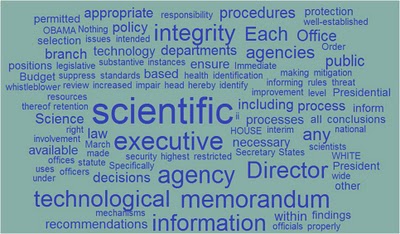
Disagreement, up to and including violence, around land ownership and use is part of our Homo sapiens heritage. In one sense that is encouraging- it’s not likely that if we were better at our work of land management, all the conflict would go away. And it’s definitely cheery that we have moved away from violence.
Yesterday when I read this comment from David Beebe here
The clearer path begins by understanding the corporatization of Congress and the agencies it funds, corporatization of the media, and corporatization of civil society in general puts the best interests of the commons and the commoners at a distinct disadvantage.
It reminded me of something I had recently read- Congressman McClintock’s views of the commoners, particularly, these comments on the Royal Forests in this letter from Congressman Mclintock to Chief Tidwell.
You can find out more about Congressman McClintock’s views here.
Combined, these actions evince an ideologically driven hostility to the public’s enjoyment of the public’s land – and a clear intention to deny the public the responsible and sustainable use of that land.
Most recently, the Forest Service has placed severe restrictions on vehicle access to the Plumas National Forest, despite volumes of public protests. Supervisor Bill Connelly, Chairman of the Butte County Board of Supervisors writes that “The restriction applies to such activities as: collecting firewood, retrieving game, loading or unloading horses or other livestock, and camping.” He writes, “The National Forests are part of the local fabric. The roads within the National Forests are used by thousands of residents and visitors for transportation and recreation. These activities generate revenue for our rural communities, which are critical for their survival.”
This is not a small matter. The Forest Service now controls 193 million acres within our nation – a land area equivalent to the size of Texas.
During the despotic eras of Norman and Plantagenet England, the Crown declared one third of the land area of Southern England to be the royal forest, the exclusive preserve of the monarch, his forestry officials and his favored aristocrats. The people of Britain were forbidden access to and enjoyment of these forests under harsh penalties. This exclusionary system became so despised by the people that in 1215, five clauses of the Magna Carta were devoted to redress of grievances that are hauntingly similar to those that are now flooding my office.
Mr. Speaker, the attitude that now permeates the U.S. Forest Service from top to bottom is becoming far more reminiscent of the management of the royal forests during the autocracy of King John than of an agency that is supposed to encourage, welcome, facilitate and maximize the public’s use of the public’s land in a nation of free men and women.
After all, that was the vision for the Forest Service set forth by its legendary founder, Gifford Pinchot in 1905: “to provide the greatest amount of good for the greatest amount of people in the long run.”








